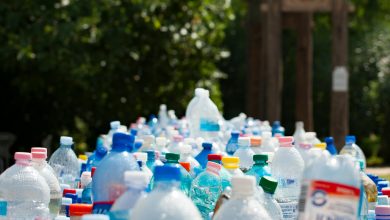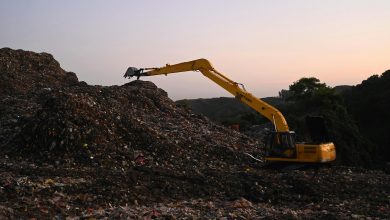Basic ScienceScienceThings explained
Recycling and Reusing Paper

Paper recycling is a crucial environmental practice that helps conserve natural resources, reduce waste, and minimize the carbon footprint of paper production.
This process transforms used paper products into new, usable materials, creating a sustainable cycle that benefits both the environment and the economy.
The Paper Recycling Process:
1.Collection: The journey begins with the collection of used paper from homes, offices, and businesses. This includes newspapers, magazines, cardboard, and various types of office paper.
2.Sorting: Once collected, the paper is sorted into different grades and types. This step is essential as different paper products require different recycling processes.
3.Pulping: The sorted paper is then mixed with water and chemicals to break it down into fibers, creating a slurry called pulp.
4.Cleaning: The pulp undergoes a cleaning process to remove contaminants like ink, plastic, and metal staples.
5.De-inking: For papers with heavy ink coverage, a de-inking process removes the ink particles from the pulp.
6.Refining and Bleaching: The pulp is further refined to improve its quality and may be bleached if white paper is the desired end product.
7.Paper Making: The refined pulp is then spread onto screens, drained, and dried to form new paper sheets.
Environmental Benefits:
●Resource Conservation: Recycling paper reduces the need for virgin wood pulp, helping to conserve forests and biodiversity.
●Energy Savings: Producing recycled paper typically uses less energy compared to making paper from raw materials.
●Reduced Landfill Waste: Paper recycling diverts significant amounts of waste from landfills, where it would otherwise decompose and release methane, a potent greenhouse gas.
●Water Conservation: The paper recycling process often uses less water than producing paper from virgin materials.
Challenges and Considerations:
While paper recycling offers numerous benefits, it also faces challenges:
●Contamination: Food residues, plastics, and other contaminants can complicate the recycling process.
●Fiber Degradation: Paper fibers can only be recycled a limited number of times before they become too short and weak for reuse.
●Market Fluctuations: The demand for recycled paper products can vary, affecting the economic viability of recycling programs.
How Can You Help:
●Proper Sorting: Learn and follow local recycling guidelines to ensure clean, contamination-free paper enters the recycling stream.
●Reduce Consumption: Minimize paper use when possible by opting for digital alternatives.
●Choose Recycled: Support the market for recycled paper by purchasing products made from recycled materials.
●Support sustainable forestry by management and regeneration of forest ecosystems in a way that meets current societal needs for forest resources while ensuring that these resources are available for future generations.




